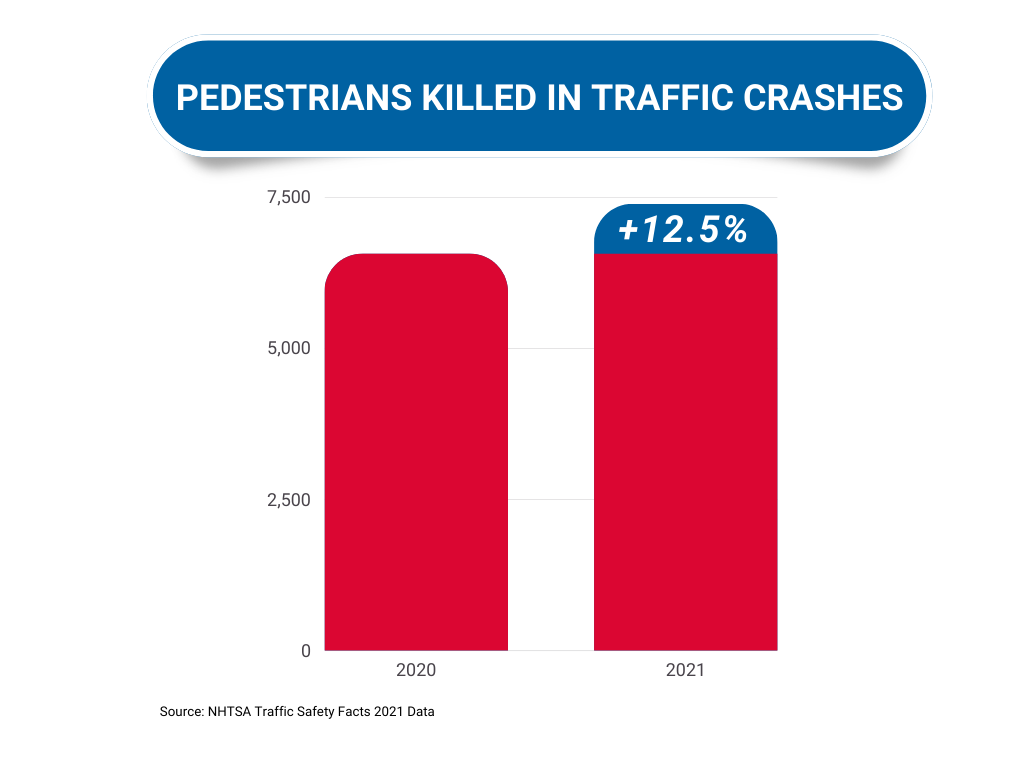The Real and Growing Threat of Pedestrian Injuries and Deaths
National Pedestrian Safety Month, sponsored by the National Highway Traffic Safety Administration (NHTSA), has passed, but the risk to pedestrians across the country very much remains: In 2021, 7,388 pedestrians were killed in traffic crashes—a 12.5% increase over 2020. This is the highest rate of pedestrian fatalities since 1981.
The number of pedestrians injured in motor vehicle crashes is also growing: In 2021, an estimated 60,577 people (NEMSIS, 2021 data) were hurt in traffic crashes (an 11% increase from 2020). Fifteen percent of the children ages 14 and under killed in a traffic crash were pedestrians. Also in 2021, 176 children who were pedestrians were killed in a traffic crash; another 5,106 children were injured.
Data from the Fatality Analysis Reporting System (FARS) can help EMS professionals understand who is at increased risk for traffic crashes within your community. Along with identifying higher-risk areas and populations, this information can spur critical conversations with your local highway safety department. Together, EMS and highway safety can create countermeasures that address the specific risks where you live.
FARS data about pedestrian traffic crash injuries and fatalities provides a range of data points, including:
Demographic data (age, sex)
Alcohol involvement (that of drivers and/or pedestrians)
Time of day, season, day of the week
State, Urban vs. rural areas
Incident location (e.g., intersection, roadside/shoulder, sidewalk)
Vehicle type and impact point
For example, Americans aged 60 to 69 were the most likely to die in a pedestrian traffic crash; 70% of fatalities were male; and 77% occurred at night.
You can also find information about pedestrian injuries and deaths through the National EMS Information System (NEMSIS) Public V3 Motor Vehicle Crash Dashboard. Under “Type” select “Pedestrian.”
There’s also a role for bystanders: If you see someone injured by a vehicle while walking, stop, call 911 and stay with the person until help arrives. To learn more about pedestrian safety and to help raise awareness, read and share NHTSA’s National Pedestrian Safety Month 2023 Resource Guide.
References:
Pedestrian Safety. Traffic Safety Marketing., U.S. Department of Transportation.
(June, 2022).Traffic Safety Facts 2021 Data. National Highway Traffic Safety Administration (NHTSA).
